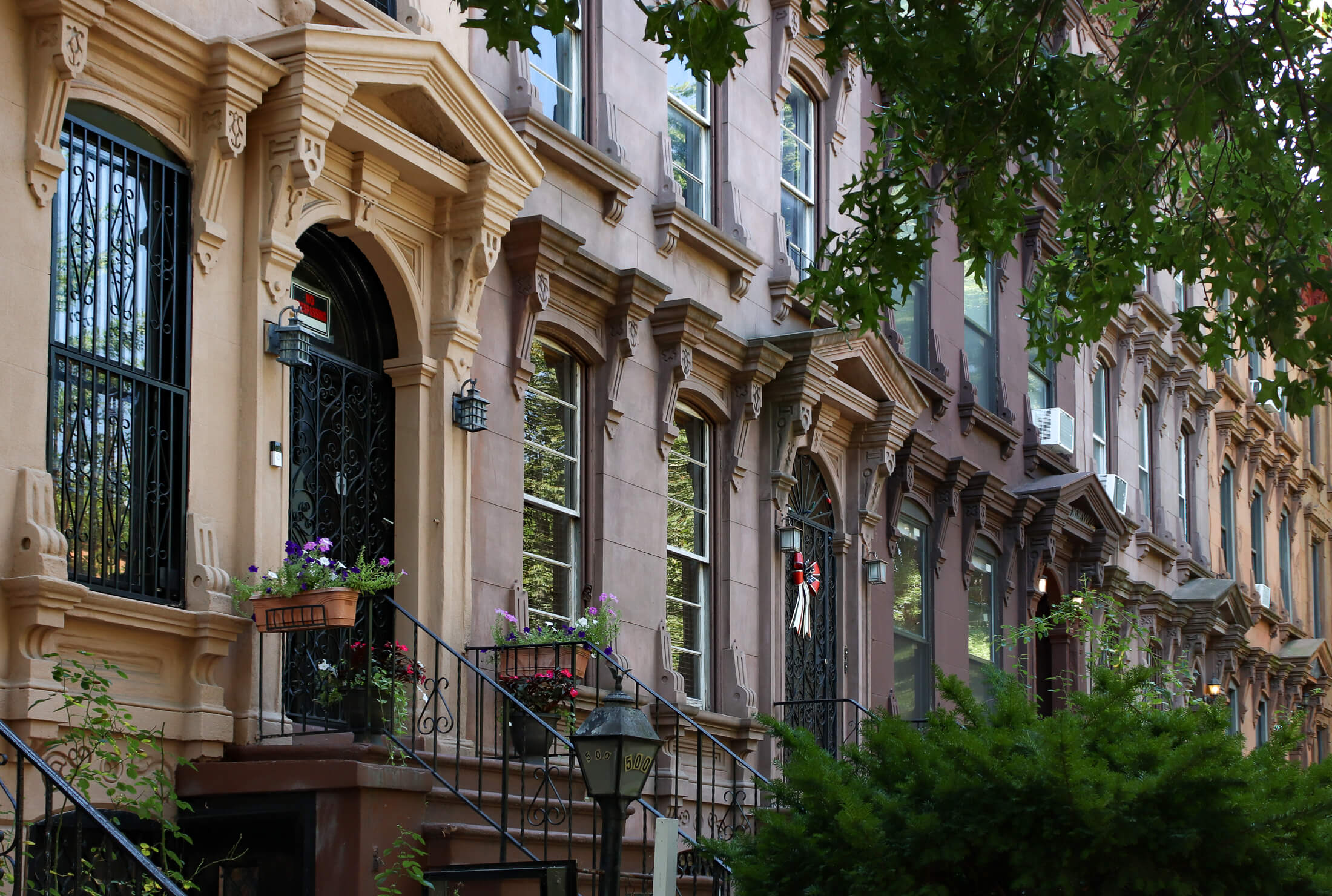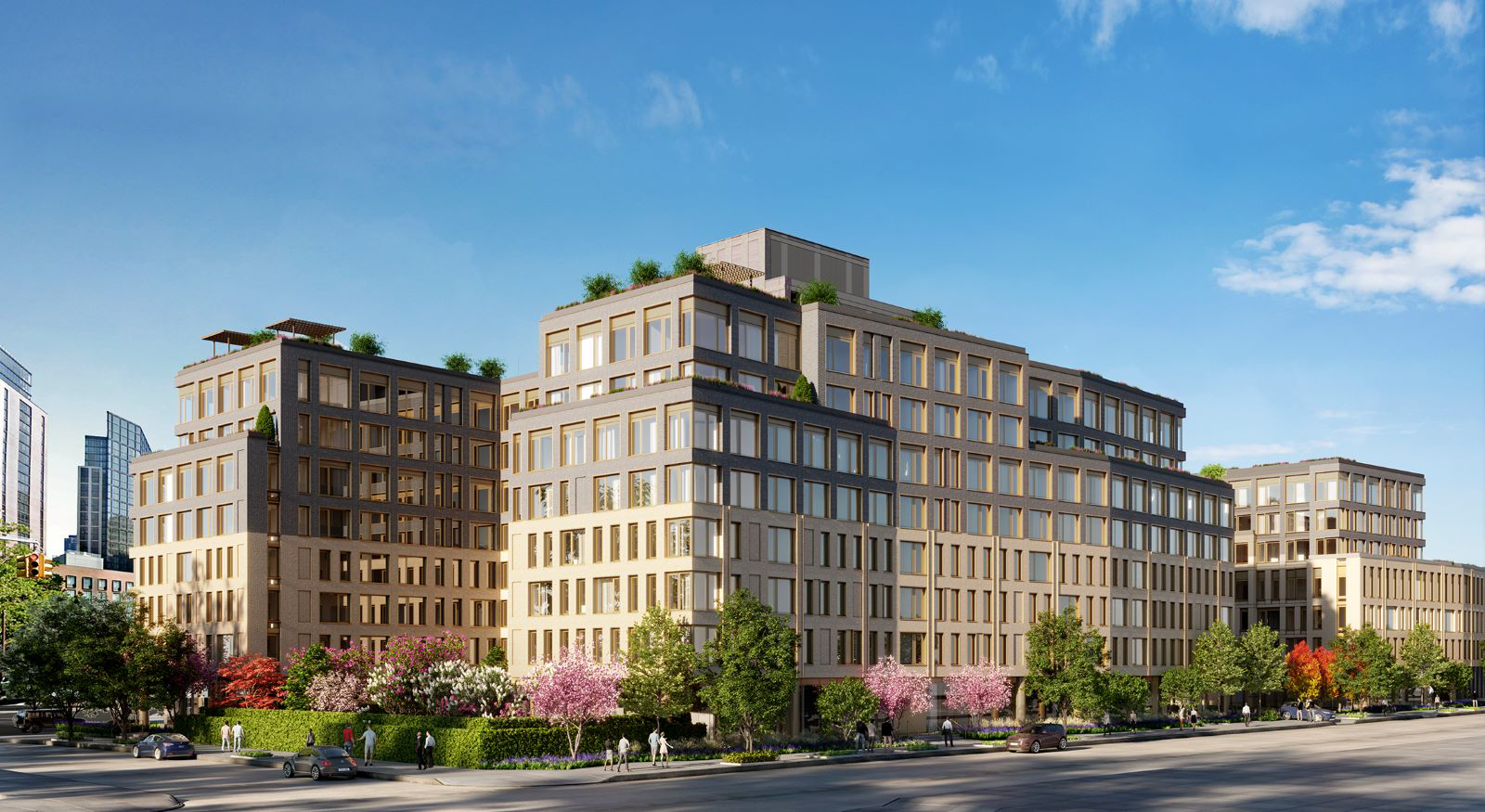Interactive map on Hurricane Sandy flooding around NYC
Image source: NY Times/Google/FEMA The NY Times has a cool interactive map called A Survey of the Flooding in N.Y.C. After the Hurricane. The most major flooding that happened in Queens was in the Rockaways and Jamaica Bay/Broad Channel, but the map shows us all the other areas that flooded significantly – LaGuardia and JFK airports;…


Image source: NY Times/Google/FEMA
The NY Times has a cool interactive map called A Survey of the Flooding in N.Y.C. After the Hurricane. The most major flooding that happened in Queens was in the Rockaways and Jamaica Bay/Broad Channel, but the map shows us all the other areas that flooded significantly – LaGuardia and JFK airports; down into Flushing Meadows Corona Park; all along Little Neck Bay and then into Alley Pond Park; the areas bordering Newtown Creek; and Hunters Point in LIC. In general, areas along the shoreline flooded, some more than others.
Layered on the map are a series of boxes that you can click on and get more information. The hardest hit areas are home to those boxes, and there are two in Queens – the Rockaways. The first one is in Belle Harbor:
Homes on the Atlantic side of Belle Harbor were rocked on their foundations. Seaweed and sand blanketed the streets. Water deluged cars and shops, sparking fires like the one that destroyed the Harbor Light Pub, a fixture in the community. Only the awning and front steps remain of the restaurant, which grew in importance after Charles Heeran, a son of the owner, was killed in the terrorist attacks of Sept. 11. That importance was magnified when it was used as a disaster relief center after American Airlines Flight 587 crashed into the street blocks away two months later.
The second one is in Arverne:
Sand clogs the roads here, left by the water that roared up from the Atlantic Ocean during the storm. It poured into basement apartments and subbasements of several New York City Housing Authority buildings and public housing complexes, like Ocean Village, decimating equipment like boilers and electrical panels. Power and heat remain unrestored, and there is no running water on the top-most floors. Residents place pots of water in open ovens to heat their molding apartments. Elderly residents on the top floors venture down, if they can, once a day and spend it in the unlighted lobbies of the complex.
The accompanying photos are still heartbreaking to look at. In both communities flood waters reached 18 feet in parts. These numbers were determined by FEMA.
It’s a fascinating map and worth a look.
A Survey of the Flooding in N.Y.C. After the Hurricane [NYT]
Yet another fire in the Rockaways, this one in Belle Harbor [QNYC]





What's Your Take? Leave a Comment